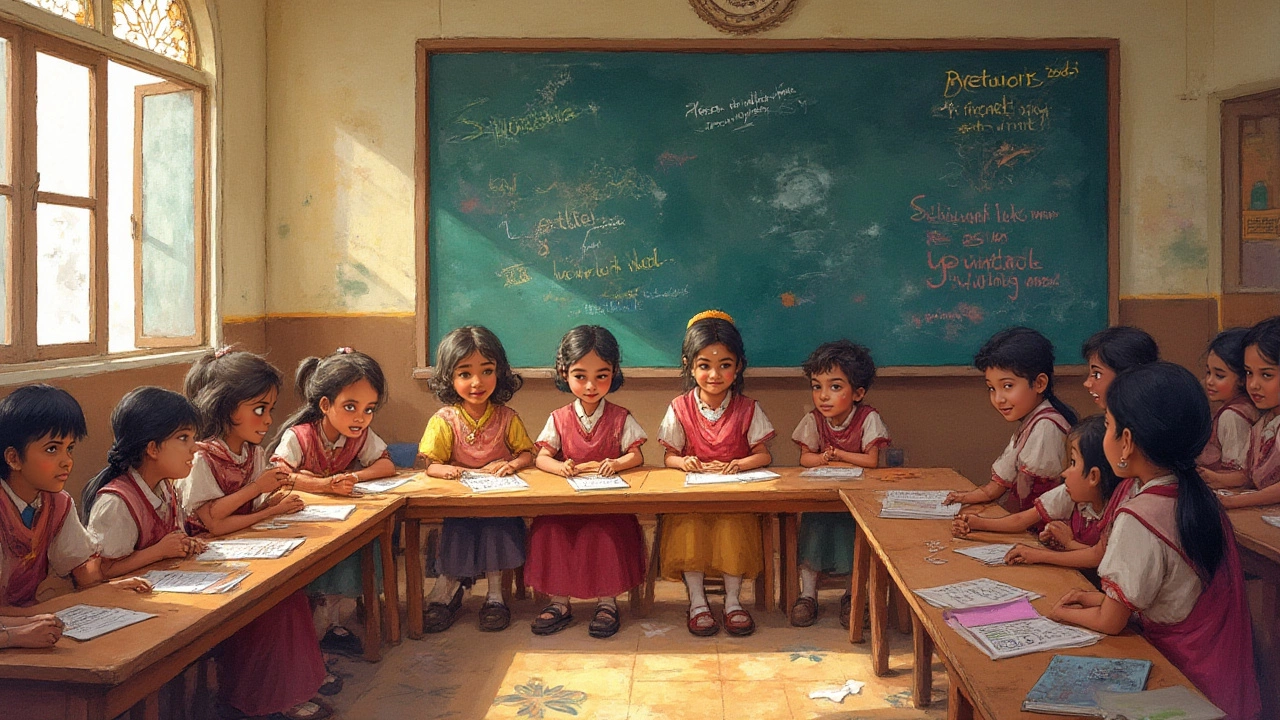
Understanding Attitude Poems: Definition, Examples, and Writing Tips
Discover what an attitude poem is, why it matters, and how to write your own. Includes clear examples, fun facts, and practical step-by-step tips.
When you read a story, you instantly feel the vibe of the narrator or the characters. That vibe is called the attitude in literature. It’s the writer’s stance, the emotional tilt, or the outlook that colors every scene. Think of it as the lens through which the story is shown.
Attitude is the writer’s or a character’s feeling toward the subject. It shows up in word choice, sentence rhythm, and the way events are described. A cynical tone, a hopeful outlook, a angry rant – each is a different attitude. You can spot it quickly: a passage that sounds sarcastic is likely using a mocking attitude, while a gentle description of sunrise hints at an optimistic one.
There are a few common attitudes you’ll run into:
These attitudes help readers feel what the writer wants them to feel and guide the story’s direction.
Good writers don’t leave attitude to chance. They pick a stance that matches the theme and the character’s journey. For example, a detective novel often uses a skeptical attitude to keep readers questioning clues. A coming‑of‑age story might start with a rebellious attitude and gradually shift to a reflective one as the protagonist matures.
Here’s a quick way to experiment with attitude in your own writing:
Seeing these shifts side by side makes it clear how powerful attitude is. It can turn a simple description of a rainy day into a gloomy omen or a cozy setting, depending on the chosen stance.
Another trick is to let the character’s attitude drive dialogue. If a character is sarcastic, their jokes will poke fun at the situation. If they’re earnest, they’ll speak directly and sincerely. This keeps dialogue natural and deepens character development.
Remember, attitude isn’t just for characters. The narrator’s voice carries attitude, too. A narrator who laughs at human folly will make the story feel light, while a solemn narrator adds weight. Mixing narrator and character attitudes creates interesting layers – the narrator might be neutral while the hero is wildly passionate.
When you’re scanning a book, ask yourself: Who is speaking? What do they feel about what’s happening? The answer points straight to the attitude. Spotting it helps you understand why a story feels the way it does.
In short, attitude is the emotional fingerprint of a story. It shapes tone, moves plot, and makes readers connect with the world on the page. By paying attention to it, you’ll read smarter and write with more impact.

Discover what an attitude poem is, why it matters, and how to write your own. Includes clear examples, fun facts, and practical step-by-step tips.